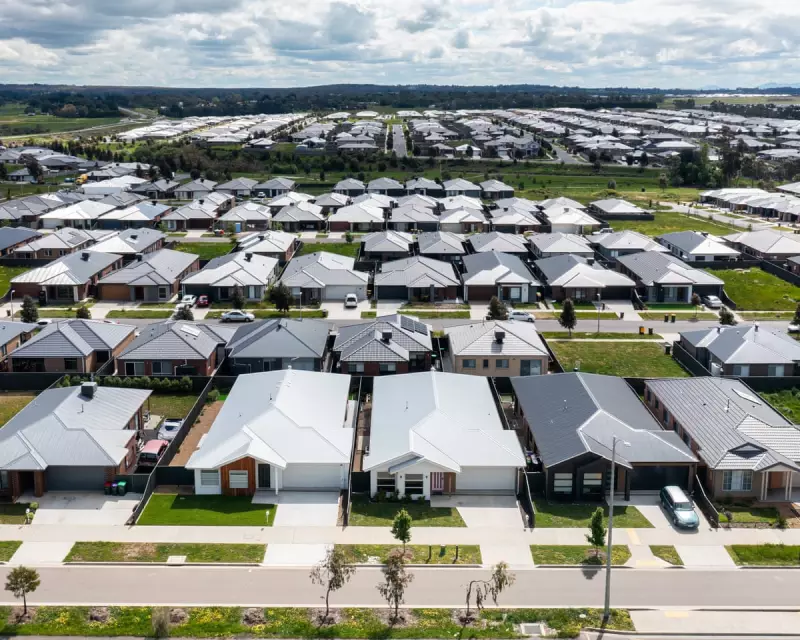
Australian households are facing an unprecedented housing affordability crisis as new data reveals property values have skyrocketed while mortgage repayments now consume nearly twice the income they did just five years ago.
The Startling Numbers Behind Australia's Housing Crisis
According to comprehensive analysis from research firm Cotality, Australian home values have climbed by approximately 50% since the beginning of 2020, creating a perfect storm for aspiring homeowners and existing mortgage holders alike.
The most alarming finding shows that servicing a new mortgage now devours 45% of a median household's pre-tax income, a dramatic increase from the 26% recorded in September 2020. This represents nearly double the financial burden Australian families face compared to just five years ago.
Regional Disparities and Income Squeeze
The crisis reaches its peak in Sydney, where the average household must dedicate a staggering 68% of their income to pay an average new mortgage for a house. Even unit mortgages require 39% of pre-tax earnings in the harbour city.
Eliza Owen, Cotality's head of research, explained that this dramatic surge was fuelled by pandemic-era monetary stimulus and record-low interest rates that supercharged borrowing capacity and demand, while housing supply lagged significantly behind household formation.
The statistics reveal a worrying divergence between income growth and property prices. While median pre-tax household income has increased by a respectable 20% to $104,390 since September 2020, this pales in comparison to the 54% jump in median dwelling values to $860,529.
Rental Market Parallels and Political Implications
The rental market tells a similarly troubling story, with average weekly rents jumping by 53% over the same period. Regional Queensland has emerged as the most unaffordable rental market, where households outside Brisbane must dedicate 39% of their pre-tax income to lease a home.
This housing affordability crisis has become a central political issue, with Essential polling indicating that action on affordable housing ranks among the top three concerns for 49% of voters. The concern escalates to 56% among 18 to 34-year-olds, placing housing affordability as the second most critical issue overall, behind only cost of living.
The report also challenges simplistic narratives about immigration driving the crisis, noting that home values surged by 25% in 2021 - the fastest annual pace since the 1980s - despite net immigration plunging to just 9,000 people that year.
As the Albanese government faces mounting pressure to accelerate new home supply, Australian households continue to bear the brunt of a property market that has fundamentally transformed the financial landscape for an entire generation.





